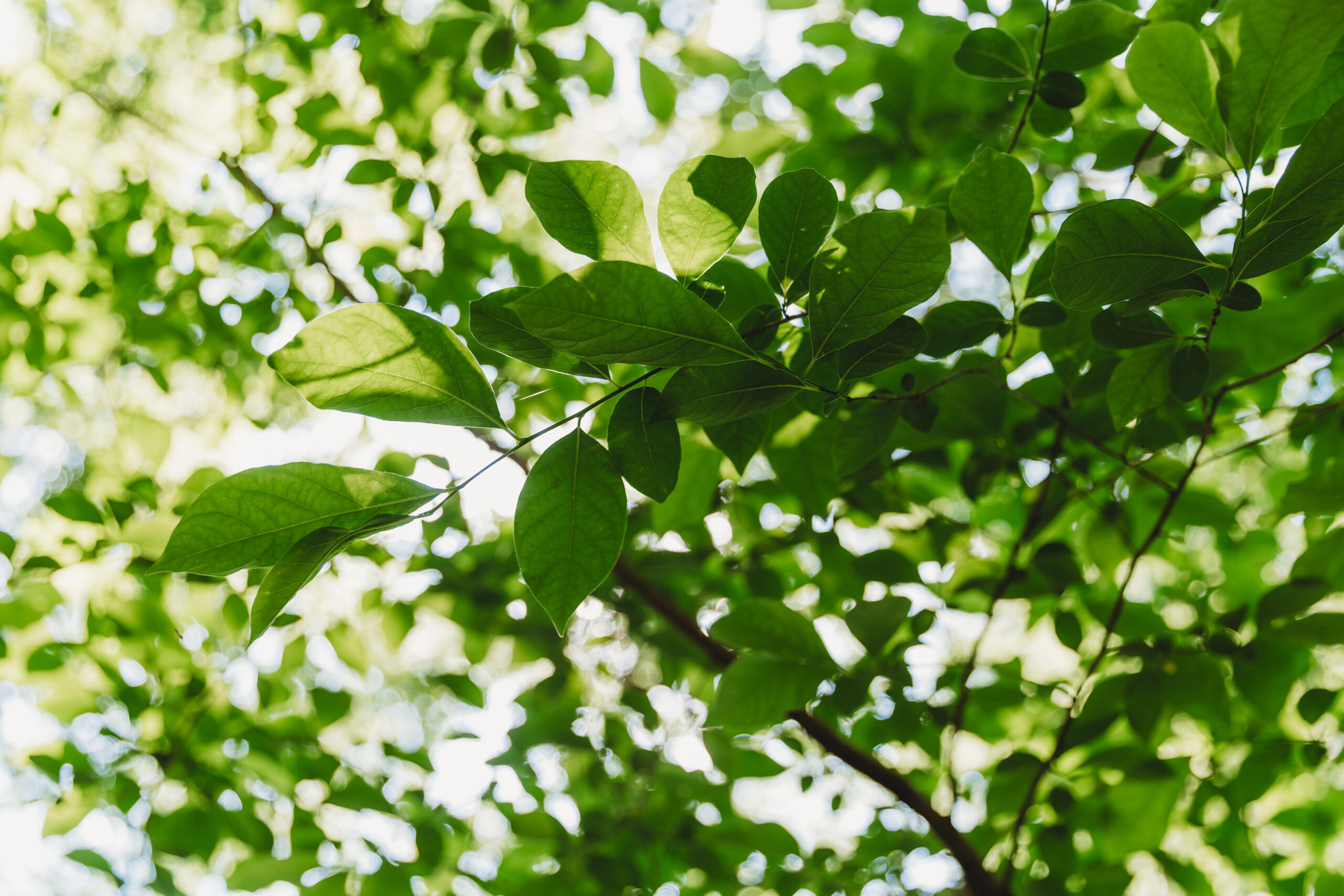Dig a wide and shallow hole, gently remove the tree from its pot, and loosen the roots.
Lancaster Water Week
Free Native Trees
Register Your Free Native Tree or Shrub!

NATIVE TREE BENEFITS
Which native tree or shrub will work best for your home?
Arrowwood
(Viburnum dentatum)
- Height 6-8′
- Sun to part sun
- Dry to wet soil
- Blooms March to May
- Showy red leaves in fall
(Photo courtesy of Alan Cressler, Lady Bird Johnson Wildflower Center)
Black Chokeberry
(Photinia melanocarpa)
- Height 3-8′
- Full to partial shade
- Prefers sandy to clay soil
- White flowers in spring
- Purple-black fruit in late summer/fall
(Photo courtesy of Julie Makin, Lady Bird Johnson Wildflower Center)
Lowbush Blueberry
(Vaccinium angustifolium)
- Height 6″ – 2′
- Sun to part shade
- Dry or moist acidic soil
- Bell-shaped flowers in March-June followed by blue fruit
(Photo courtesy of Lady Bird Johnson Wildflower Center)
Buttonbush
(Cephalanthus occidentalis)
- Height 6-12′
- Full to partial shade
- Moist sandy to clay soil
- White/pink spherical flowers late spring to summer
(Photo courtesy of Lee Page, Lady Bird Johnson Wildflower Center)
Flowering Dogwood
(Cornus florida L.)
- Understory tree
- Height 20-40′
- Shade to sun
- Blooms in spring
- Well-drained soil
- Attracts birds and butterflies
Persimmon
(Diospyros virginiana)
- Height 20-60′
- Grows best in rich, moist soil
- Blooms March-June
- Orange fruit in autumn
(Photo courtesy of Lady Bird Johnsen Wildflower Center)
Red Osier Dogwood
(Cornus sericea)
- Height 7-9′
- Part shade
- Moist, well-drained soil
- White spring flower
- Fall fruit
- Red winter stems
Redbud
(Cercis canadensis)
- Height 20-30′
- Full to part shade
- Tolerates many soils
- Blooms in spring
(Photo courtesy of Campbell and Lynn Loughmiller, Lady Bird Johnson Wildflower Center)
River Birch
(Betula nigra)
- Height 30-50′ (can reach 90′)
- Part shade
- Sandy, moist soil
- Usually multi-trunked tree
- Silver bark peels to show brown trunk
(Photo courtesy of Lady Bird Johnson Wildflower Center)
Sweetbay Magnolia
(Magnolia virginiana)
- Height 10-20′
- Width 10-20′
- Pard shade
- Moist soil
- White flowers late spring/early summer
- Late summer red fruit
Winterberry
(Ilex verticillata)
- Height 5-15′
- Any shade, any soil moisture
- Green-white flowers in April-July
- Red berries late summer to winter
(Photo courtesy of George H. Bruso, Lady Bird Johnson Wildflower Center)
PLANT & CARE FOR YOUR TREE IN FOUR EASY STEPS!
STEP ONE
STEP TWO
Place in the hole; the soil level of the tree should be even or slightly above ground level. Not too deep.
STEP THREE
Gently backfill and evenly compress the soil around the tree. Make sure the soil is broken up with no air pockets.
STEP FOUR
Water tree immediately and at least 1-2 times per week through its first growing season. Keep weeds and grass clear of the tree base to help it thrive.
Thank You, Water Week Sponsors!
